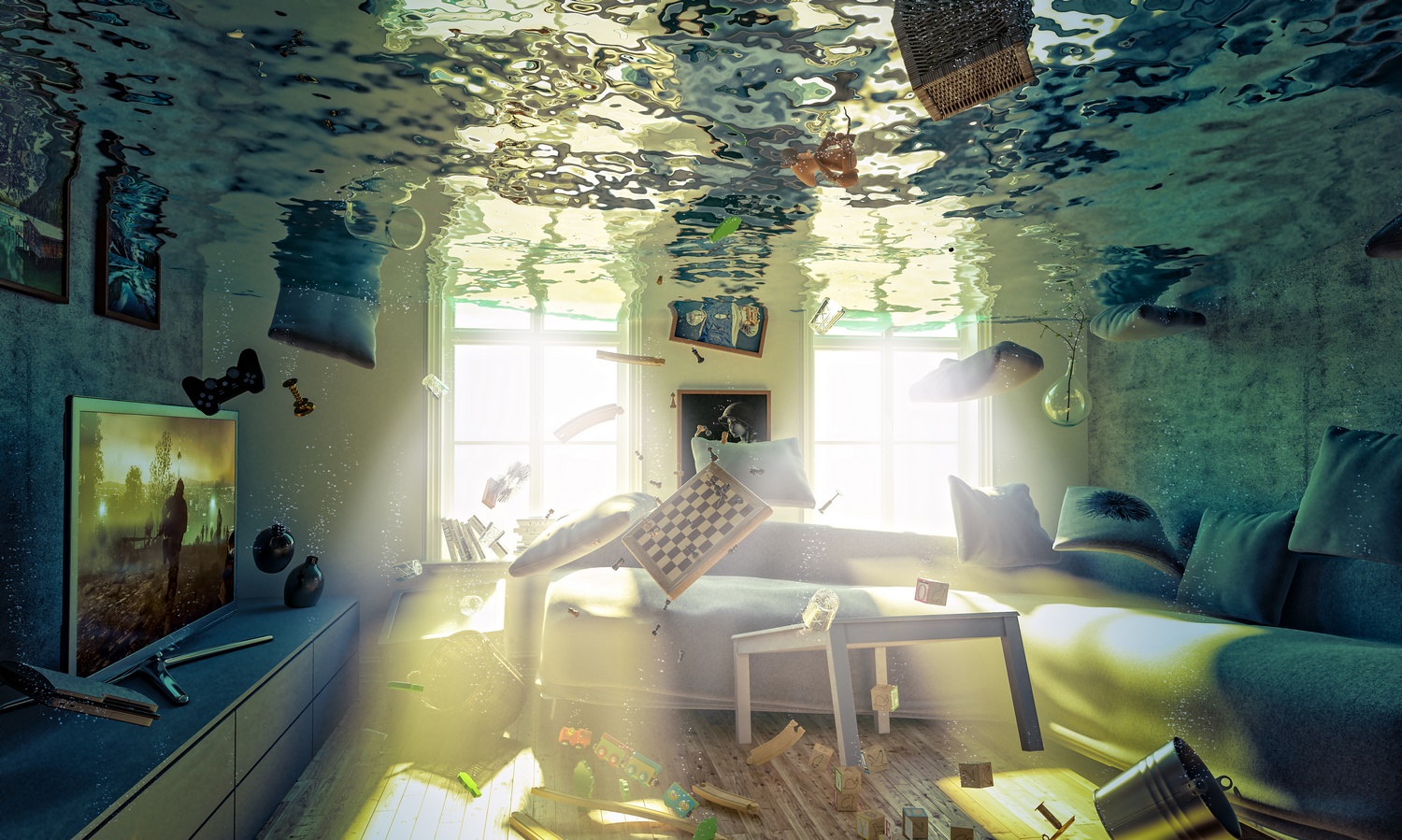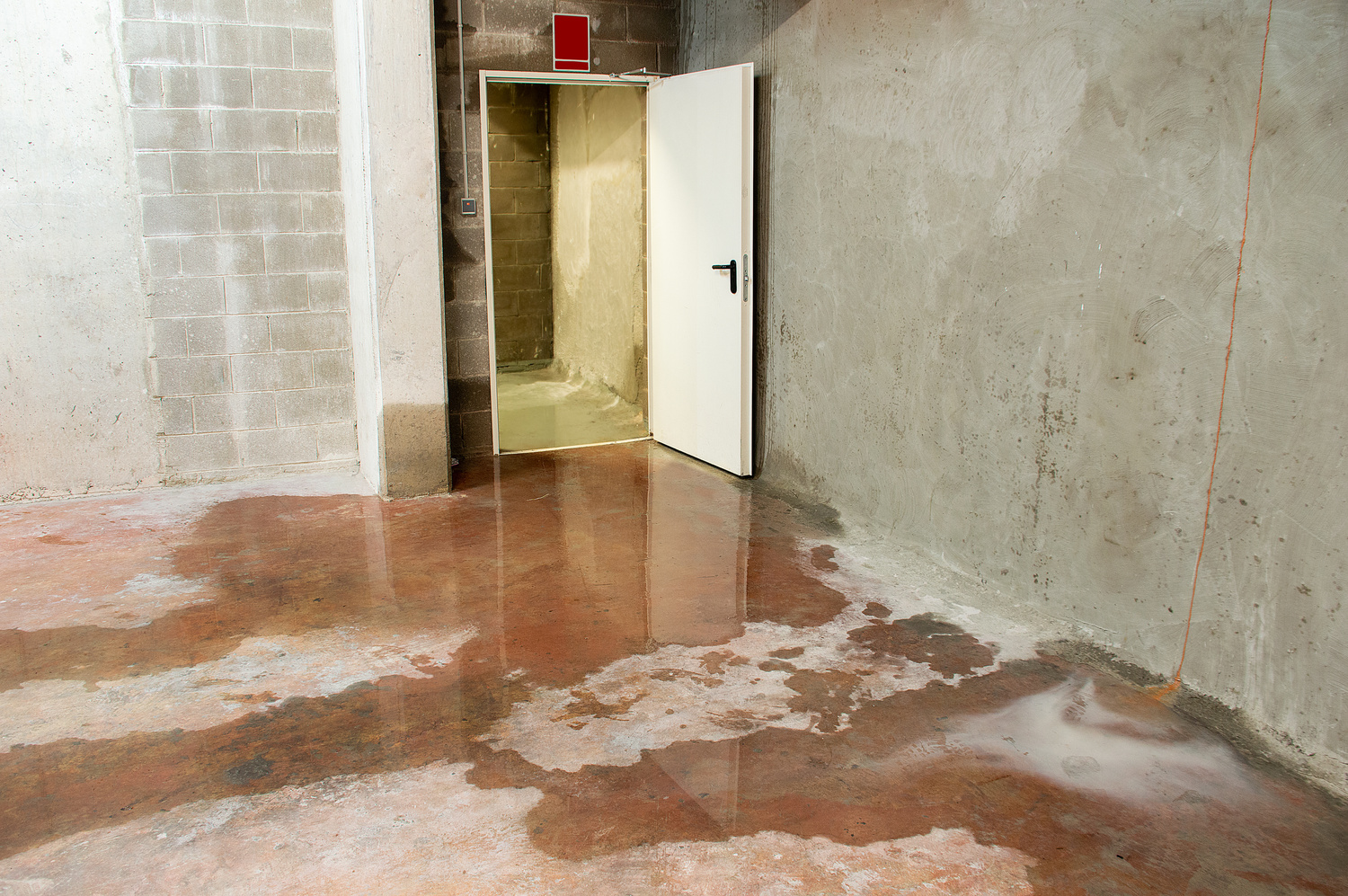May 20, 2022

Signs Of Water Damage In Your House
Issues like leaks and humidity accumulation can cause significant damage to your house before it can be evident. However, it can be possible to spot some red flags that indicate water damage. Being aware of these signs can help you take action sooner to prevent extended damage and protect your loved ones from mold and bacteria.
Common Places With Water Damage
Being aware of when and how water damage tends to occur Is a way to prevent developing issues, and identify areas that have been neglected. Common culprits of damage are:
- Leaking pipelines in the walls, floors, and under cabinets.
- Leaking faucets that flow towards walls or cabinets.
- Faulty water-based appliances like a water heater, fridge, washing machine or dish-washer.
- Cracks in the foundation that usually come from defective drainage.
- Decay on roof elements like shingles, flashing, and gutters.
Red Flags
Water damage doesn’t always leave behind clear proof. You can look for signs like a puddle on the floor, or musty smells caused by hidden mold growing.
Water Accumulation
A puddle of water is a pretty obvious sign of a problem. Find the nearest appliance, pipeline or fixture for the source of the water. You should also consider fixtures in upper floors that could be causing water to run through the ceiling or walls. In case the floor surface is uneven, the water can accumulate further from the source, so make sure you follow the path. If your problem is water leaking from the roof, you might want to consider the help of an expert in water damage restoration to inspect the area. This is recommended in cases when water enters in one part of the roof, but travels along its structure to a place where it can infiltrate.
Evident Mold Development
Humid conditions are optimal for mold to grow. When you can actually see it, it’s a sign that excessive moisture is accumulating. To identify it, look for flat blotches of black, gray, brown, orange or green. However, the textures and colors are diverse.
Mold growth inside cabinets, around the sink or along a pipeline through the wall are signs that a fixture or the pipe itself are leaking excessively. Mold around a window can point to a condensation phenomenon, but pipelines and leaks cannot be discarded as a source. Another case related to mold and water damage is mold growing in cool, dark places around your house, like behind furniture, under rugs, and on the undersides of shelves. This usually occurs when humidity inside your house is high.
Unpleasant Odors
Accumulation of water and humidity in materials provide an adequate environment for mold and bacteria to grow, especially over porous materials such as wood, drywall and carpet. It’s not uncommon for these signs of water damage to be hidden inside a wall or under the flooring. However, they might leave behind a trace of musty, earthy smell that reminds you of humid soil or even a dirty sock. When the home is on the sewage line, the smell will be like sewage.
Unfortunately, by simply cleaning the room, opening the windows and making use of air fresheners, you won’t be addressing the source of the problem. The best water damage restoration strategy would be focusing on the leak or condensation problems, and cleaning or replacing the affected material. Consider that not every mold species produces a smell, so not perceiving odors doesn’t guarantee that your home is free of water damage.
Flaws In Wall Finishings
A pipe that is leaking inside a wall, as well as condensation from defective insulation can cause moisture accumulation. This will cause bubbles in the wallpaper and it will eventually peel off, or it can leave yellow or brown stains on the wall. When the culprit is a pipe, you might see a stained path along the surface following the pipe location. Humidity, stains and deterioration on the lowest part of the walls points to condensation issues coming from inadequate subfloor ventilation or leaks from defective foundation drainage.
In older brick houses it can also happen when the house’s damp-proof course (dampness barrier) is not working. This issue is more complex to identify, so you might want to call your water damage restoration professionals when you suspect you’re going through this situation. Generalized bubbling and peeling wallpaper throughout the house might be caused by excessive indoor humidity.
Cupped Walls And Ceilings
Larger leaks can cause parts of the ceiling or walls to soak, with the extra weight from water making the surface bulge. We see this often in ceilings under rooms that have significant overflowing tubs and toilets. While initially it can affect a surface of only the size of the leak, without timely water removal and restoration, the damage can extend. This kind of water damage poses a particular risk, as the structure can suddenly collapse.
Damaged Floors
Water will naturally run down to your floor regardless of the source, where it can make its way into the carpeting, wood flooring or even tile, and eventually to the subfloor and joists. Whether you suspect you have damaged floors or you have had them in the past, scheduling an inspection from professionals in water damage restoration is always a good idea.
Some red flags you can find are:
- Stains. On wood floors water accumulation can be evidenced by blotchy, dark gray or brown stains.
- Bending or expansion. Change in shape, gaps, bent panels and visible seams are signs of moisture level changes in wood and laminate floorboards.
- Buckling. Soaked wood floors tend to separate from the subfloor and buckle into sharp peaks.
- Bubbling. The protective surface of laminated floors is prone to water damage. Similar to wallpaper, this coat can show bubbles on the surface if it gets too wet.
- Sagging. Rotting is the result of persistent water damage on wood floors over the course of a long time. Initially it might feel soft and spongy, and eventually sag. As for the subflooring, it can show the same phenomenon regardless of the material it’s made of.
- Cracks. A subflooring constantly exposed to water can fail to provide proper support, thus causing floor tile to sink and crack.
Water damage in your house isn’t necessarily silent. When the signs are ignored, it can worsen to the point of rotting the wooden structure of your house, or causing health problems due to mold and bacteria growth. Whenever you identify water damage signs in your home, call a water damage restoration specialist. They can make an accurate diagnosis and advise you on what steps are required to fix it, to prevent risks for both your place and your health. At McKinley Water Damage Restoration, we are always here to help.


